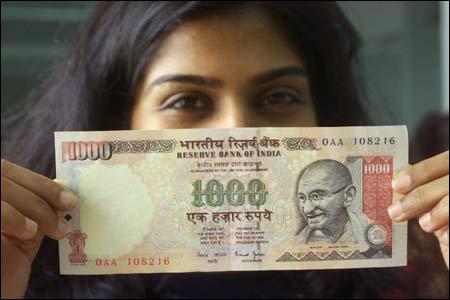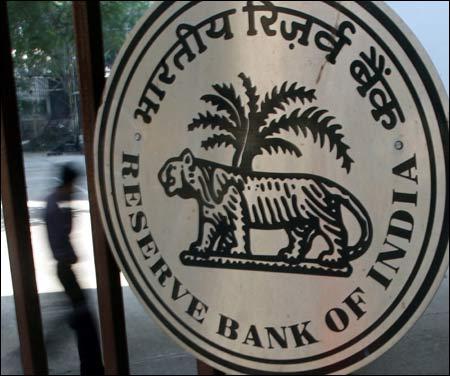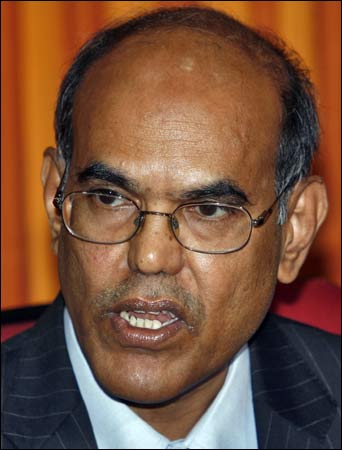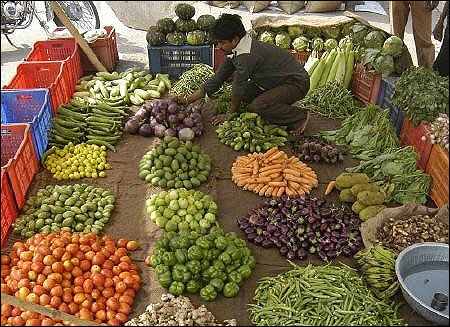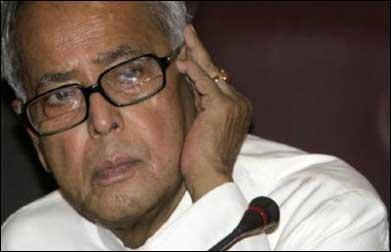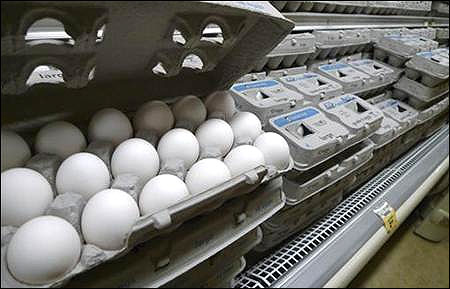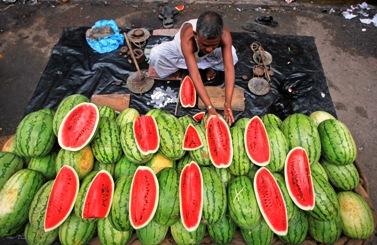 | « Back to article | Print this article |
Is RBI's credit policy a volte-face?
I must confess that I was a little -- and pleasantly -- surprised by the Reserve Bank of India's volte-face in last week's credit policy.
From an unwavering focus on inflation management that it reiterated in its September review to acknowledging the need to 'contribute to stimulating investment activity' is, in my scheme of things, a major change in stance.
What could have driven this?
I suspect the RBI has woken up to the fact that growth conditions are far direr than it had anticipated.
Click NEXT to read further. . .
Is RBI's credit policy a volte-face?
It revised its growth projection for 2011-12 down from eight per cent to 7.6 per cent. Its projections for 2012-13 are possibly worse.
Macroeconomics is the theatre of leads and lags.
Interest increases are known to take a good couple of years to work their way through the system; weak order books over the next few months for capital goods producers could presage a drought in investments, which could last a while.
The economy has accumulated enough bad karma this year, which will certainly haunt it next year, if not for a good bit longer.
Click NEXT to read further. . .
Is RBI's credit policy a volte-face?
Unlike the rest of the government, which continues to believe that after this year's moderation things will bounce back, the RBI suddenly appears to have become aware of the fact that the economy might be at the beginning of a long-term downturn.
But then Mint Street has always been more prescient about these things than North Block.
A couple of interesting nuances in the policy could determine the way monetary policy decisions are taken in the future.
The RBI has committed to a 'pause' in its rate cycle if the current inflation trend continues, that is, if March 2012 prints at a level of roughly seven per cent.
Click NEXT to read further. . .
Is RBI's credit policy a volte-face?
It seems to have finally recognised the fact that given the structural changes in the local and global economy, there is effectively 'a new normal' for inflation.
I am not suggesting that seven per cent itself is this 'normal'.
It could be lower.
However, it is clear that the central bank has jettisoned the idea of bringing inflation down willy-nilly to the five per cent level, its tolerance limit earlier.
RBI's credit policy -- a volte-face?
If the RBI has accepted a new benchmark for inflation, it could have some important implications.
Click NEXT to read further. . .
Is RBI's credit policy a volte-face?
It could start to distinguish between demand-driven inflation, which monetary policy can influence, and inflation that lingers because of structural imbalances, especially food inflation.
Thus, if I am not over-interpreting the policy, we could have a more nuanced approach to interest-rate setting in the future.
The RBI would respond aggressively to demand pressures with rate action but if price pressures are patently driven by long-term supply imbalances, its responses could be more muted.
Click NEXT to read further. . .
Is RBI's credit policy a volte-face?
Interest rates would work more as a surgeon's scalpel than a sledgehammer.
Let's take this line of reasoning forward.
If the RBI decides to put inflation into different boxes depending on what primarily drives it, then the actual cut in the policy rate in the future seems possible if growth tends to decelerate further.
That's what a section of the financial markets seems to be betting on.
However, a quick check on the likely macroeconomic conditions next year is in order if one were to try and assign a probability to this event.
Click NEXT to read further. . .
Is RBI's credit policy a volte-face?
There is now broad consensus on the fact that the government's ability to take any hard decisions on expenditure has come into question.
The recent decision to raise minimum support prices sharply at a time when food inflation is running in double digits (that not only adds to inflation pressures but blows up the food subsidy bill) is yet another example that the narrow calculus of politics, rather than hard-nosed economics, continues to drive policy.
Thus, it wouldn't be surprising if some of the new social sector programmes led by the Right to Food Act present a much heftier tab to the exchequer in 2012-13 than most of us estimate at this stage.
Click NEXT to read further. . .
Is RBI's credit policy a volte-face?
In short, the pressure on prices stemming from government expenditure is unlikely to go away.
Second, the supply bottlenecks for the 'protein basket', the catch-all phrase for things ranging from vegetables to milk and fish, will persist and continue to drive a secular increase in their prices.
Third, the wage spiral for semi-skilled labour that both construction and manufacturing companies are complaining about has its roots in the massive amounts of public spending for the rural economy.
Slower headline growth would certainly help stifle this to a degree but there is some steam left in it, which is unlikely to die down entirely.
Click NEXT to read further. . .
Is RBI's credit policy a volte-face?
New normal or not, it would be difficult for the RBI to ignore these factors completely in its policy decisions.
Therefore, the odds of a rate cut in 2012 seem to be, at best, fifty-fifty. Besides, the earliest point at which it might contemplate a rate cut would be in the second half of 2012, not earlier.
The biggest risk to the continuation of the RBI's dovish stance stems, of course, from global commodity prices.
The 'risk-on' mood of the markets that the rescue package in Europe has suddenly triggered could turn out to be ephemeral.
Click NEXT to read further. . .
Is RBI's credit policy a volte-face?
On the other hand, if the US continues to print data that point to a slow recovery and Europe does not produce any nasty surprises, commodity prices will be all set to rally.
Financial markets are beginning to slowly factor in the prospect of another round of quantitative easing by the US -- this might turn out to be the fuel that drives the commodity engine.
In its monetary policy statement, the RBI discussed the risks that linger from the incomplete pass-through of the earlier round of increases in commodity prices.
Another sharp increase in commodity prices and the inflation hawks at the RBI might get the upper hand again.
The author is chief economist, HDFC Bank
